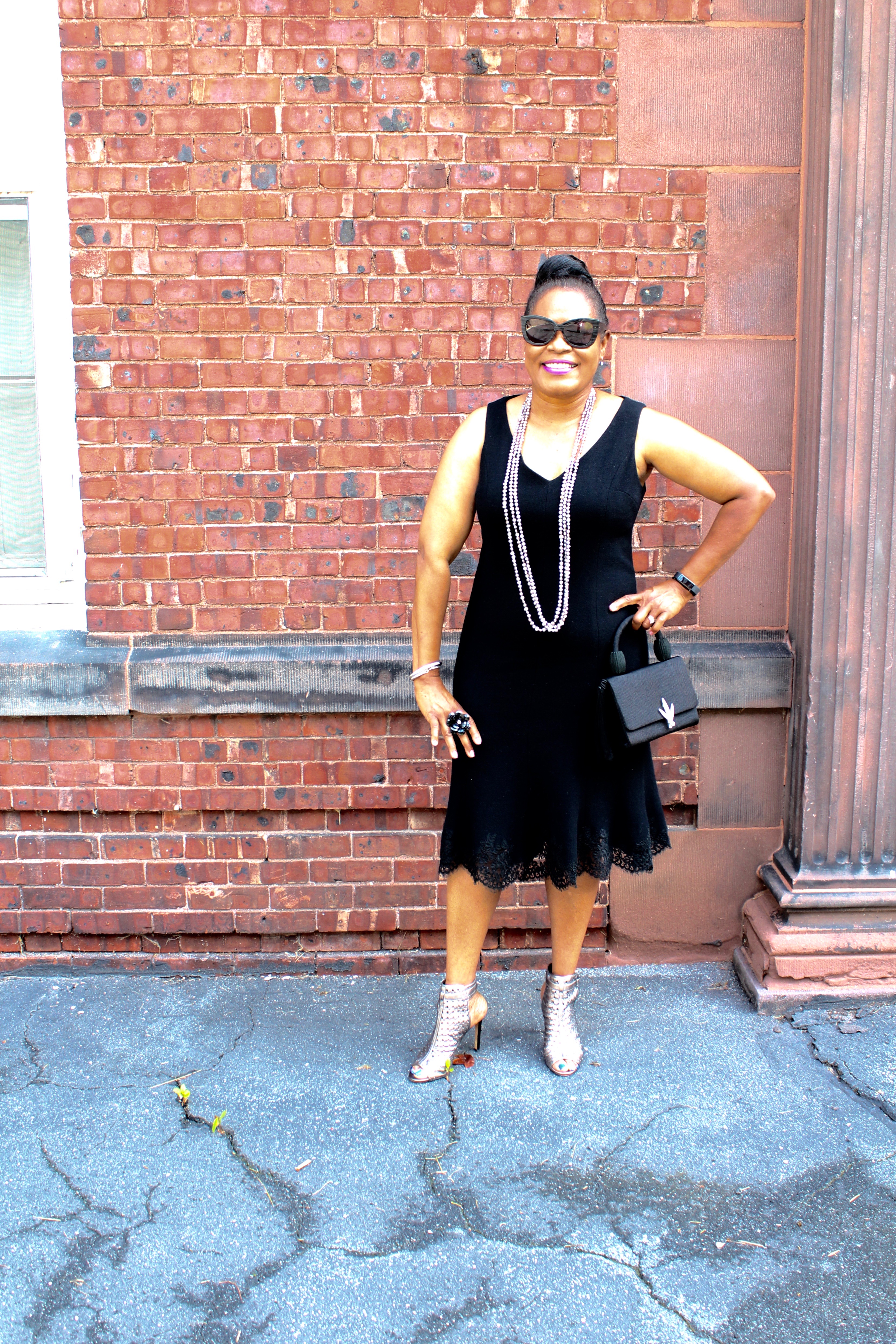
This month one of the greatest couturiers of the 20th century has a birthday: Gabrielle Bonheur “Coco” Chanel. In honor of what would have been the designer’s 133rd birthday on August 19th, let’s look at the allure of Coco Chanel’s iconic bags.
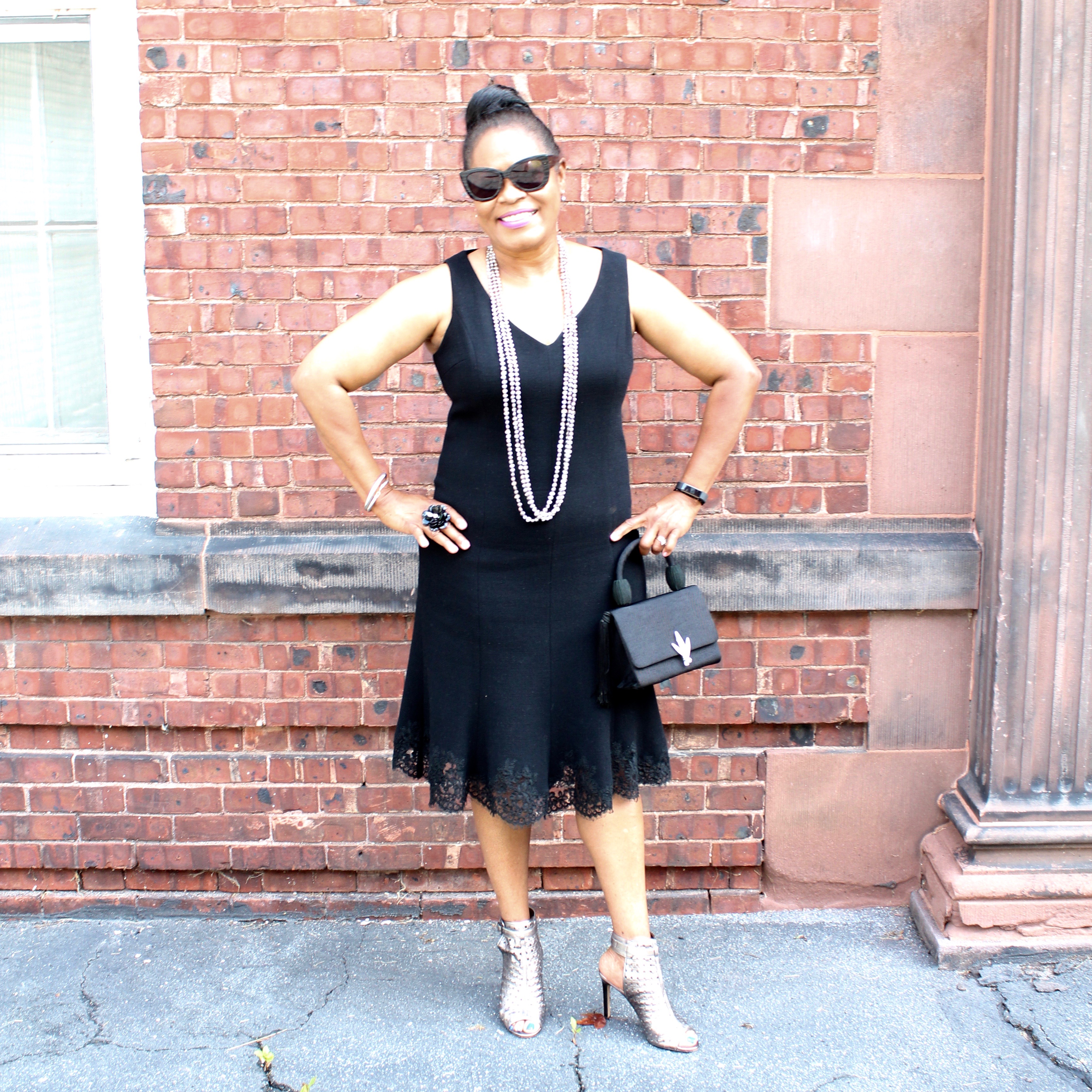
I thought my fashion passion bucket would overflow during the summer of 2010 when my daughter and I visited Chanel’s New York flagship store on 57th Street to see The Secrets of the Chanel Handbag, an exhibit demonstrating the construction and history of the company’s iconic
2.55 handbag.
The exhibit highlighted how the most iconic shoulder bag — the Chanel 2.55 — was made. The display was on an upper level of the boutique and featured a row of seven mannequins with video screens hanging off of them. Each video screen is encased in a black leather quilted cover with a chain strap. Alongside each mannequin was a display highlighting a step in manufacturing the Chanel 2.55 handbag.
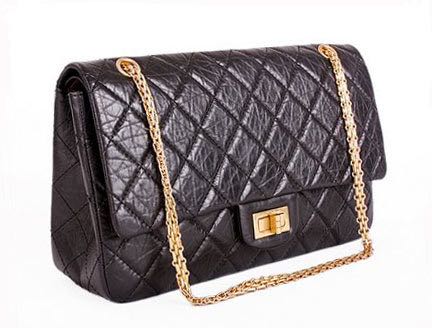
In February 1955, Coco Chanel launched the 2.55 quilted bag, a design still adored over 60 years later. The 2.55 bag is the epitome of style and luxury, named after its birthday.
Mademoiselle Chanel was fed up with holding her purses with her hands and losing them, so she designed a chic double-chain strap for carrying them on her shoulder.

Step One: Cut
Step Two: Quilting
Step Three: Assembly
Step Four: Shaping
Step Five: Turning Out
Step Six: Chain and Leather
Step Seven: Packing
The quilting stitch is labor-intensive. One bag is produced in 10-18 hours, and 6 to 15 people participate in the process.
The diamond quilted design was influenced by several sources: the jockey’s riding coats, the stained-glass windows of the abbey at Aubazine (the French orphanage Coco grew up in), and the cushions in Chanel’s apartment in Paris. Using the running stitch, the bag holds its shape and volume well. For added security, secret stitches at the back ensure durability.
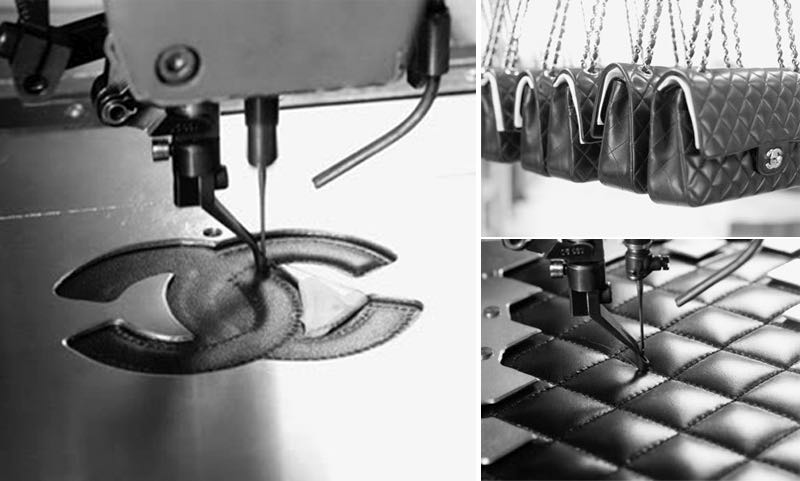
In the early 1980s, the brand’s creative director, Karl Lagerfeld, added variations on the original design, including different sizes, leather and fabric combinations, the interlocking CC logo, and the metal interwoven leather straps. These are called the classic flap bags. The bags are now available in leather, suede, fur, exotic skins, vinyl, and a selection of fabrics such as satin, jersey, and tweed.
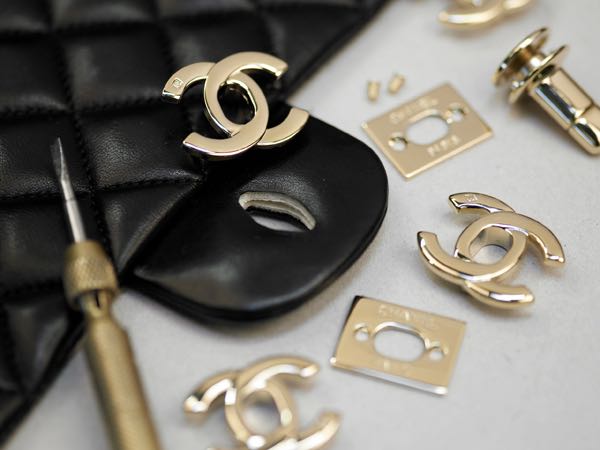
The chain straps were influenced by various childhood memories, including the caretakers at the convent where she grew up who held their keys on their waists with the same chain she used on the 2.55 bags’ shoulder straps.
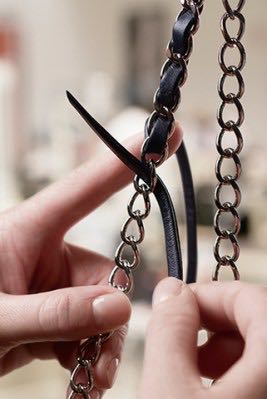
In February 2005, Lagerfeld reproduced an enhanced copy of the 2.55 bag commemorating Chanel’s 50th anniversary of the 2.55 purse. It was named the ‘Reissue 2.55’.
Why Has Chanel Raised Its Prices?
1. Inflation
2. Cost of Labor
3. Chanel makes its bags in France and Italy.
4. Very few luxury brands are still producing goods entirely in Europe.
5. The cost of labor in Europe has skyrocketed
6. Prestige pricing for a luxury brand keeps them exclusive
The 2016 Classic Flap Bag (Lambskin and gold metal) price is $4,900.00.
Karl Lagerfeld suggests this with a new interpretation of boyish charm: “Chanel used men’s underwear to make dresses; she had this boyish attitude. It is the very spirit of Chanel. She got it from Boy Capel, the great love of her life, which incidentally explains why the new bag is called the Boy Chanel.”
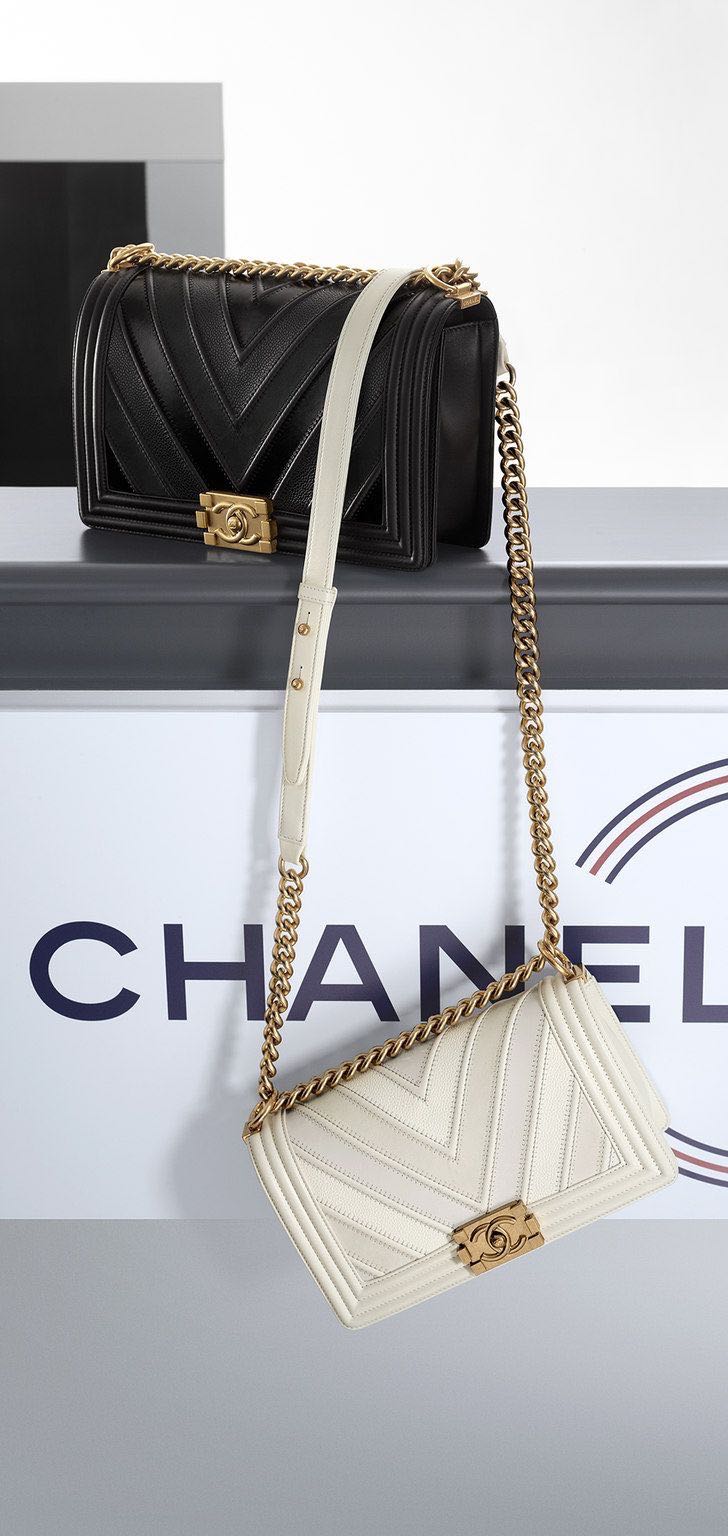
Coco Chanel would be ecstatic to know that Karl Lagerfeld introduced the Boy Bag in 2012. The thought is to keep the memory of the love of her life, wealthy boyfriend Arthur “Boy” Capel, alive. Boy financed her first millinery shop, Chanel Modes, in Deauville, France, in 1912.
See Karl Lagerfeld’s film starring Keira Knightly video on Coco Chanel, A Life on Camera, from the Guardian, below:
Back to my disappointment in The Secrets of the Chanel Handbag exhibit, I thought of seeing interlocking Cs, caressing the caviar leather, and exploring a machine or two. But modern technology allowed us to see the seven-step process via the dangling computers from the dummies. That was it!
It would be wonderful if I could arrange a trip to the Chanel Manufacturing facility when I visit in November.
Happy Birthday, Gabrielle “Coco” Chanel!
Have a fabulous week.



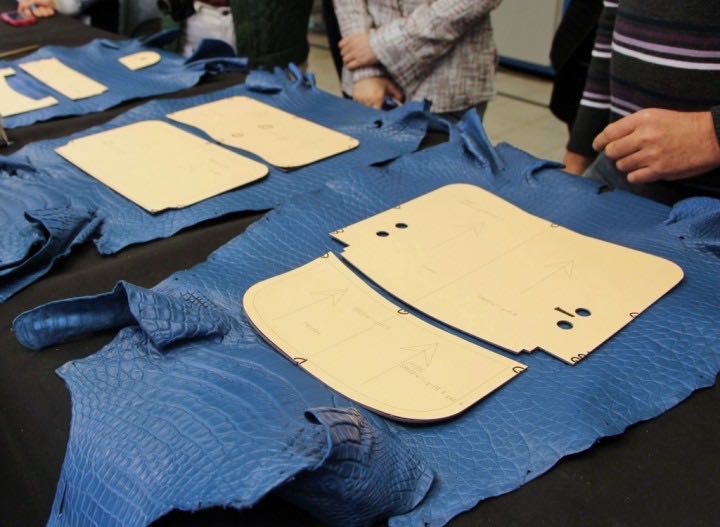
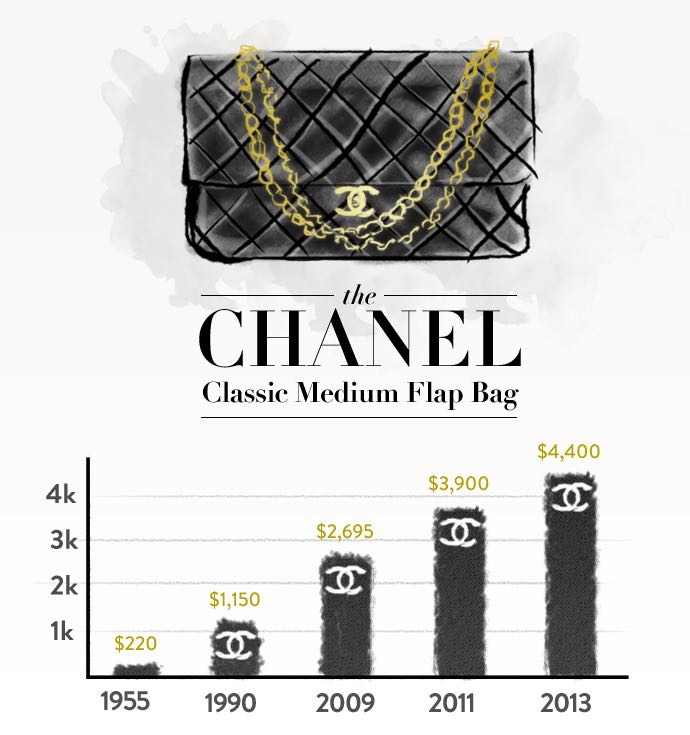
Loved this fascinating post! So much that I did not know. Love your elegant look! Coco would indeed have improved!
xx, Elle
http://www.theellediaries.com/
Elle,
I can go on and on about Coco Chanel especially her “rags to riches” story. Thank you for your kindness regarding my “LBD” look.
Being a bag lover, I loved this article. I also noticed that I am commenting on her birthday-didn’t plan it that way but here I am. First of all, can you believe that I have never been to New York, and I badly wanted to see the Manus x Machina (had to settle for the book) and to see the Guggenheim in person would be such a delight. As much as I love a Chanel bag, the chances of me owning one are probably nil. They are just too expensive. I have a RM Love bag which sort of copies the look. As far as the exhibit, I would have wanted to see the steps, museum style; the cut out leather and unfinished bags, behind glass. Thank you for the informative article-these are the ones I relish to read.
Terri,
Hi! It’s always a pleasure to hear from you. I’m excited that you found this Chanel article informative, thank you. I do see that you are a bag lover, I’ve spotted fabulous pieces on your blog. I am fortunate to live less than three hours from New York City, so my next adventure there is the Met Costume Exhibit, Manus x Machina before it closes Labor Day, I will think of you to capture the best moments even though you have the book. The Guggenheim is on my list of must-see museums as well.
The Rebecca Minkoff Love Bag is a great option for Chanel. There is an online website I stalk that sells second-hand Chanel; they have possible affordable options especially the sale/discounted items that I will consider.